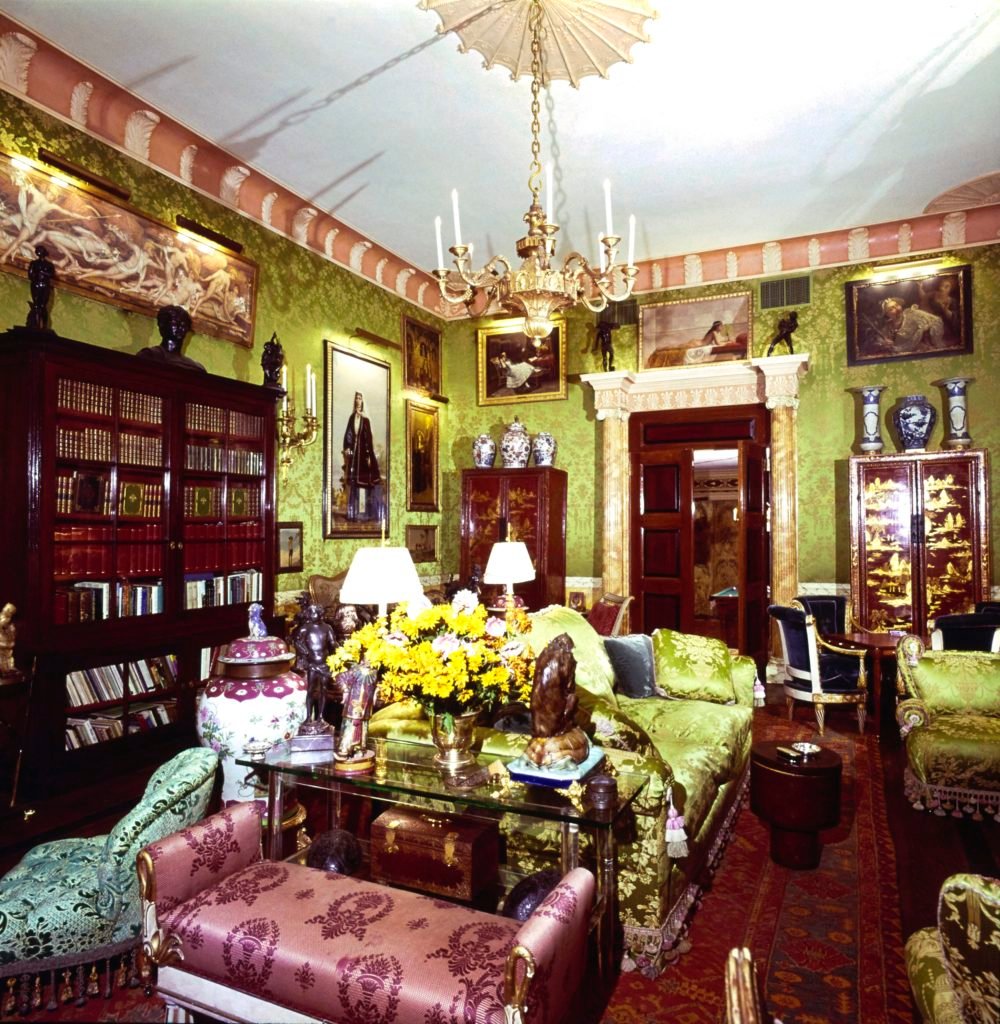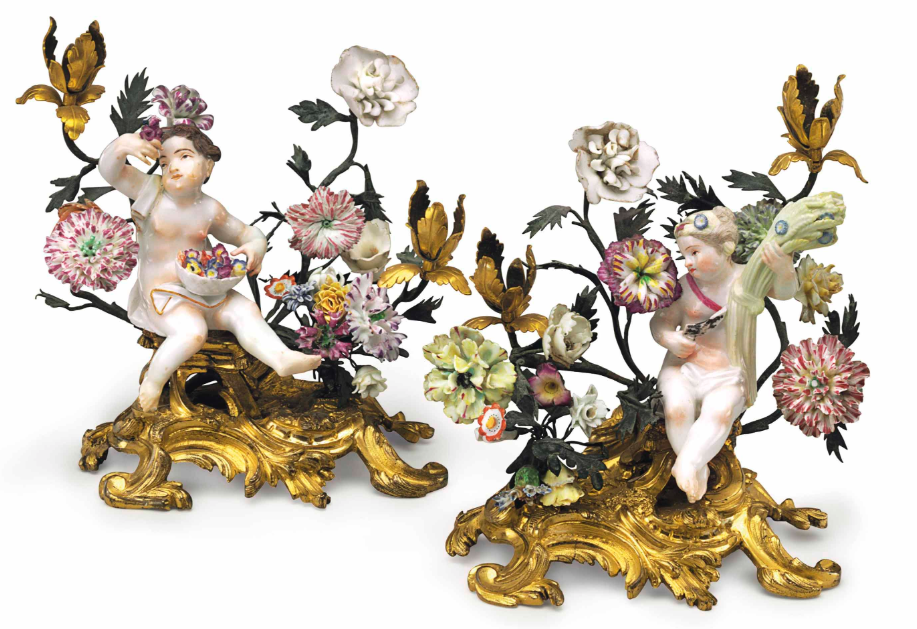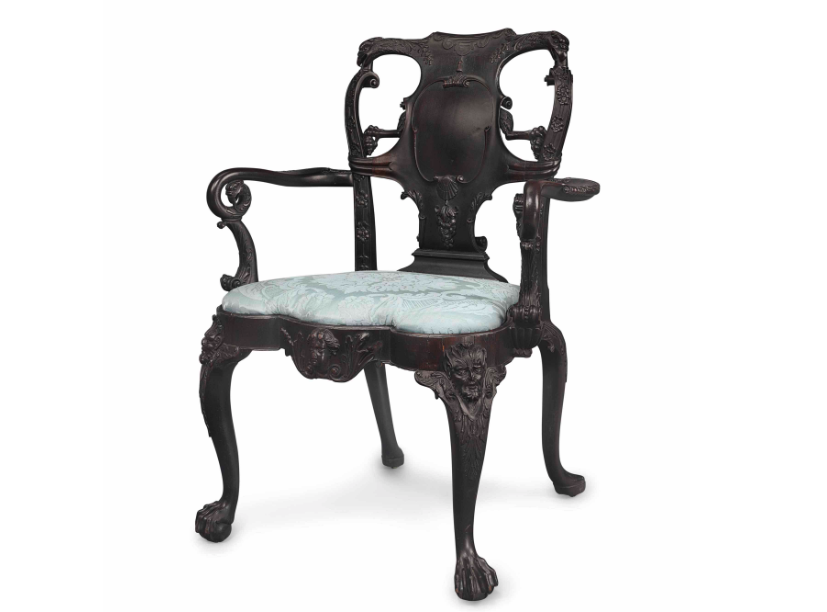Did the Internet Kill the Once-Formidable Antiques Market? Not All of It, Say the Experts


Artnet Analytics Team

From grandfather clocks to Queen Anne armchairs, a home filled with antiques was once regarded as the epitome of refined taste and the signifier of an impressive collector. Today, however, former antiques showrooms stand empty while fairs like the Winter Antiques Show and SOFA have shifted focus to include contemporary pieces. Looking at this changed marketplace, we’re left wondering what happened?
The once-booming market has most definitely cooled, but although it’s a challenging time for many dealers, it’s an exceptional period of opportunity for buyers. Could the antiques market be ready for a renewal, or can we expect a downward trajectory to continue? We turned to the artnet Price Database and spoke to experts to find out.
“The internet revolution has made antiques seem old fashioned,” says Daniel Stein, veteran dealer and owner of Daniel Stein Antiques in San Francisco. He points to the fact that much of the new wealth generated over the last 20 years has been by young entrepreneurs, and their taste skews decidedly minimal—a far cry from the highly decorative aesthetic of previous generations. In online antique marketplaces such as 1stdibs, contemporary design is the fastest-growing category and accounts for over 15 percent of total sales.
A few types of pieces, however, have still maintained the appeal they elicited in the 1990s, when Baby Boomers were furnishing their homes. While traditional home and office furnishings—such as desks, bookcases, and dining room furniture—used to be solid and steady winners, these days small and quirky objects are in vogue. Daniel Stein shares that recently “a seasoned professional commented to me, ‘twice the size, half the price.’”

A pair of Louis XV Ormulu, Meiseen and French Porcelain and Tole Two-Branch Candelabra, offered at Christie’s New York in 2013. Courtesy of Christie’s.
By some estimates, antique furniture has decreased by 45 percent in total value over the past 15 years. Once-hot commodities struggle to find buyers and, when they do manage to sell, can see up to a 70 percent drop in price.
Examples of this phenomenon abound: when an elegant Louis XV side table was offered at Christie’s London in 2016, it sold for the not-insignificant sum of $93,750. But this pales in comparison to the six-figure prices similar pieces achieved just 10 years prior—a similar-sized Louis XV marquetry table fetched $2.5 million at Christie’s New York in 2000.
That being said, if you’re looking to acquire some statement Georgian furniture, you are in luck. Strong works are now available in the range of $3,000–5,000, or even lower. What was once an $8,000 eight-piece set of George III dining chairs could be purchased for less than $500 today. Simply put: it’s the best time in decades to be buyer.

A George II Mahogany Armchair, circa 1745–1750, offered at Christie’s New York in 2015. Courtesy of Christie’s.
Though the overall antiques sector has shrunken down, the very top of the market remains highly active. This upper-echelon has been buoyed by growing international wealth and an appetite for Western antiques developed among some of the ultra-rich in the Middle East and Asia.
Unique and very high-end pieces have proved to hold their value. In response to dwindling demand, major auction houses became stricter in an effort to limit their inventory to museum-quality works. In 2015, we see that strategy take effect at a Christie’s New York sale, which included a George II mahogany armchair blow past its $80,000 high estimate to sell for $437,000.
Though there are few signs of a turnaround, some experts argue that, as with all trends, it only a matter of time until the pendulum swings back in the other direction—though no one can say when. If you’re interested in entering in the antiques market, it’s best to proceed with as much information as possible. Commission an artnet Analytics Report by emailing us to speak to an expert about your needs, and be sure to subscribe to the artnet Price Database Decorative Art.
Delve deeper into current market events and trends such as artist performance, artwork price rankings, and comprehensive analyses of past auction seasons with customized reports that cater to your individual needs.
Click here to learn more and order your own report.